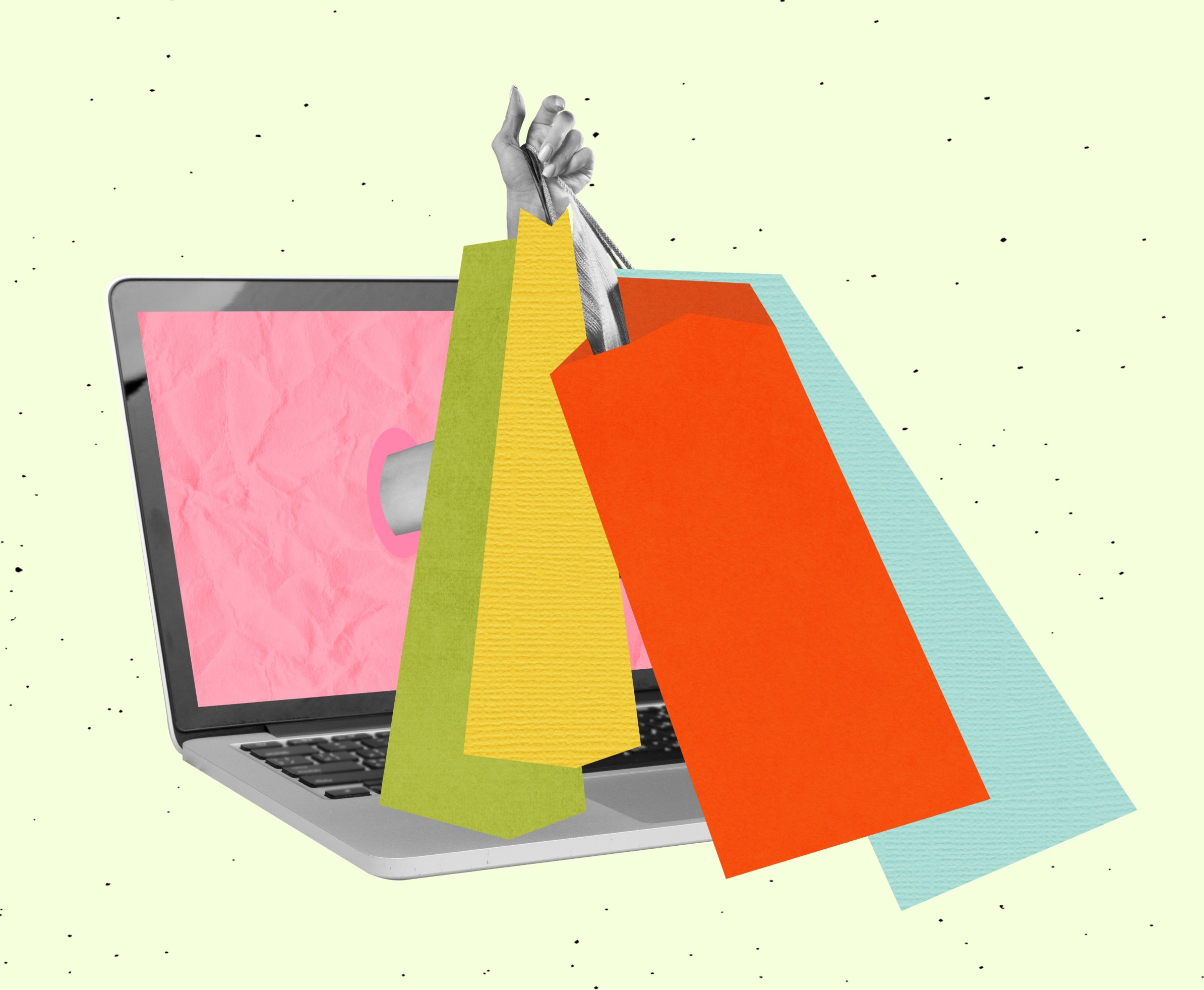Share
Buy-now-pay-later apps: If you can’t beat them—wait, no, you can beat them
May 5, 2022
Upgrading how you underwrite can set your business apart

Meet Charlie. Charlie just spotted an epic new speaker system they need—but it comes with an equally epic price tag. They can’t pay outright, and maybe they don’t have access to credit, or they’re too savvy to tack high interest onto an already high cost. But they’ll have the money in a few weeks, when their next paycheck comes through.
Buy-now-pay-later (BNPL) solutions ease Charlie’s pain, allowing online shoppers to pay in installments over time. Some, like the physical card Klarna recently launched with Visa, can even be used in-store.
BNPL services are often more affordable and more accessible than their traditional counterparts. They typically charge zero interest and don’t require a credit check, making them popular among modern consumers. In fact, one report shows over half (56%) of U.S. adults prefer BNPL financing models, with 38% expecting they’ll soon replace their credit cards altogether.
The good news? Banks and other credit providers can learn from BNPL, tap into alternative data to enhance their underwriting practices, and ultimately build better credit solutions—allowing them to meet customers where they are, offer the services customers want, and stay competitive in an evolving consumer market. Here’s how.
The rise of BNPL
To start, let’s take a closer look at the BNPL model.
How does it work?
BNPL services, also called point-of-sale (POS) loans, are embedded into the checkout process for online retailers, enabling customers to cover part of a purchase now and the rest in equal shares later. For example, a $100 balance could be broken into four interest-free monthly payments of $25, with the first $25 upfront. The BNPL provider makes money by shifting extra charges from consumers to merchants, who pay a small fee with every facilitated transaction.
Who’s using it?
Basically, everyone. Most consumers (about 60%) say they’re likely to use BNPL financing over the next year. BNPL is especially popular among younger shoppers, with millennials making up 40% of the current market and Gen Z quickly catching up.
Because BNPL generally doesn’t involve a credit check, it’s available to those who fall through the cracks of the mainstream credit system, like immigrants and low-income communities. That makes it attractive not only to the 64% of consumers living paycheck to paycheck, but also the 45+ million considered credit-invisible. And while BNPL is most commonly used for leisure/luxury items like electronics and clothing, many rely on it to cover basic expenses like groceries.
What’s the catch?
Of course, BNPL isn’t magic, and debts don’t just disappear. Much like credit, If installments aren’t paid on time, accounts can incur hefty late fees or even get sent to collections. A common criticism is that BNPL encourages bad financial habits, prompting consumers to spend beyond their means. It has recently caught the attention of the CFPB, which announced it’s opening an investigation into a number of popular BNPL providers to monitor their practices around debt accumulation, consumer protection laws, and data harvesting.
What does all this mean for banks?
First, the bad news (take a deep breath): McKinsey estimates that BNPL platforms have already siphoned $8 to $10 billion in annual revenue from legacy banks.
But now, the silver lining (exhale): 53% of consumers say trust is the most important factor when it comes to short-term financing—and they trust in banks. 70% of BNPL users would be interested in a BNPL plan through their primary bank, if offered, and 43% would prefer that over a fintech solution.
Change the game
So, how can banks and credit providers up the ante and disrupt the BNPL market?
It all starts with adopting a holistic view of creditworthiness and expanding your approach to underwriting. By taking alternative data points into account (beyond basic, rigid credit scores) you can appeal to a wider audience, build more inclusive services, and offer lower interest rates —making your credit products more accessible and more attractive to modern consumers. The more you know about your potential customers, the better.
There are many alternative data sources and attributes you can consider that will help you compete with BNPL while minimizing your overall risk. These include:
Bill pay data from phone/utilities/cable/insurance etc.
Income and employment data
Education and professional history
Lease and rental payments
Bank account information, including deposits and withdrawals
Social media activity
The best part? Consumers are into it; 70% would be willing to provide additional personal data if it would boost their chances of securing a loan or a better interest rate.
Tapping into new credit markets—especially as critical revenue streams like overdraft fees become a thing of the past—can help your business move forward and find success in an increasingly competitive landscape. And as an added bonus, you’ll be able to help Charlie finally get their speaker system.
Alloy can help
Alloy offers over 120 data sources—including granular alternative data—that help banks and other providers upgrade their onboarding and underwriting processes, combat fraud, and make smarter credit decisions.
Check out our credit underwriting solutions to see how it all works.





